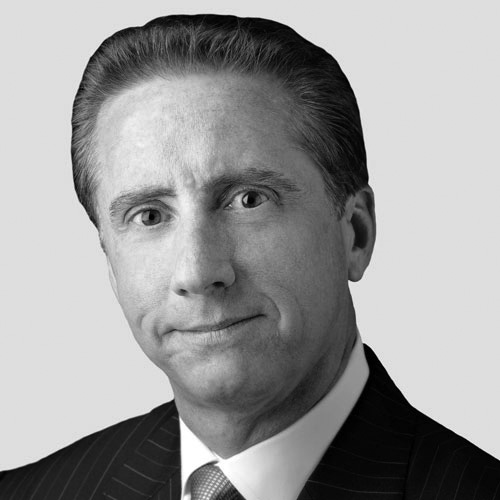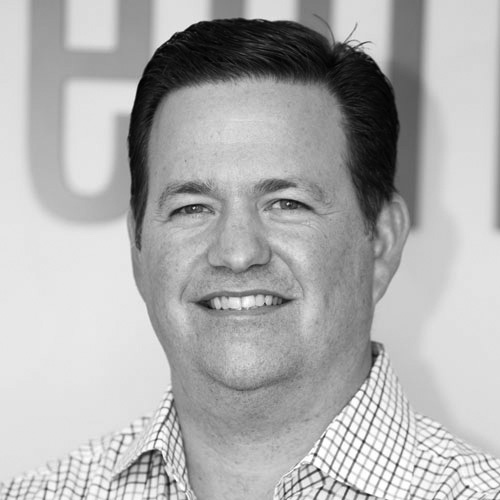“I’ve been in the industry for thirty-five years, most recently as president of the south division of WellCare Health Plans from 2010 through 2013. There, I oversaw a $3 billion budget for plans in Georgia, Kentucky, and South Carolina.
Serving as CEO of InHealth Mutual, which operates in the public sector, was a natural progression. I’ve had a storied career, but despite my accomplishments I wanted to leave my mark. It was providential that I would end up at this place at this point in time. It’s a watershed moment, given how the health-care landscape is changing after the passage of the Affordable Care Act (ACA) in 2010.
In some states, only a small number of insurance companies offer coverage for individuals and small businesses. But there was much hand-wringing in the drafting of the ACA regarding the so-called public option, which would cover those people. There was concern that it would lead to a single-payer system in a free-market economy. Consumer Operated and Oriented Plans (co-ops) were offered as an alternative.
Under the co-op program, the federal government offers low-interest loans to eligible nonprofit groups to set up and maintain health insurance co-ops. They exist in twenty-three states now. InHealth Mutual was one of the last to be authorized, but Ohio is now the third largest in loan commitments, behind New York and Illinois. We’re providing access, innovation, and competition within the marketplace.
I often say the best-kept secret of the ACA is the small section that focuses on co-ops. A co-op is essentially the credit union of health insurance. The savings we receive—any surplus—goes back to our members through enhanced benefits or lowered premiums. As a result, we have a real incentive to keep people healthy. We didn’t want to take a cookie-cutter approach with insurance as indemnification for sickness.
That’s not how health insurance traditionally works, so we had the opportunity to be disruptive innovators in the space. But to do so, we needed to understand where the disparities existed between needs and coverage. We put together a statewide steering committee with representation from individuals, insurance brokers, community organizations, and human service agencies, and we had conversations about solving disparities in healthcare. One result was the inclusion of acupuncture in our plan. Another was what we call two plus two—two free visits for physical health and two for behavioral health without deductibles or co-pays. We also incentivized members to answer health-history questions by reducing the individual deductible by $250 and family deductibles by $500 for those who did so. That gave us visibility and helps us ensure that members get the right care at the right place at the right time. For example, if someone has diabetes, we know they may need to see a podiatrist for circulation issues and an ophthalmologist for vision issues. Then we have a case manager coordinate that care, and some elements are free.
We continue to seek ways to bridge disparities in access to care, and to do so in a culturally sensitive way. Many disparities exist because of failure to appreciate differences in experiences. We have to treat people the way we want to be treated.”

